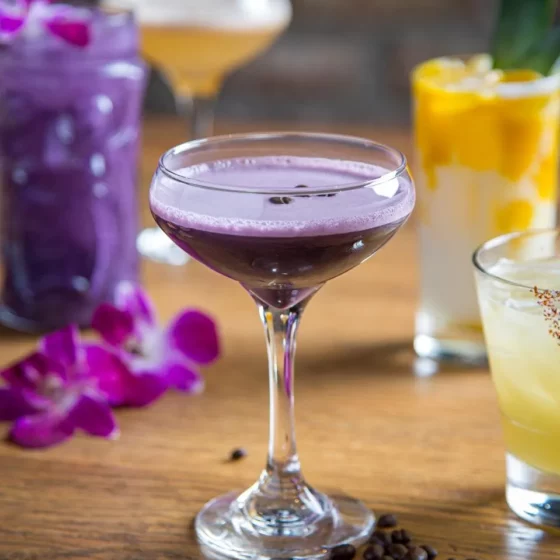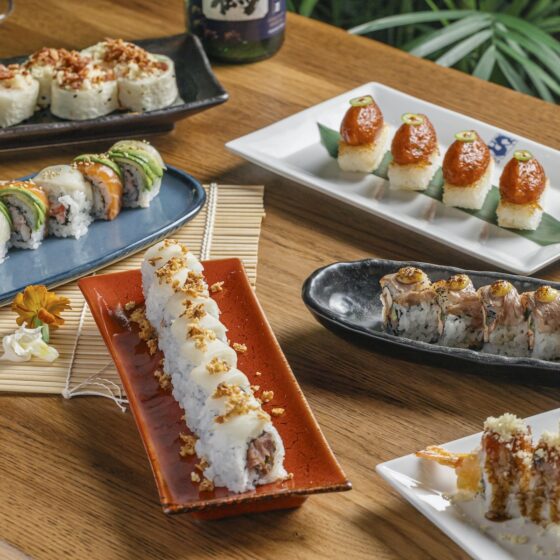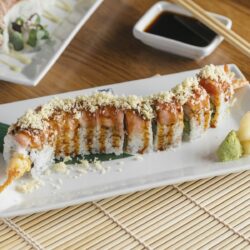Whether you’re making homemade California rolls or a colorful salmon avocado poke bowl, you need to start with a good base: perfectly cooked, slightly sticky sushi rice. One common method for cooking rice is the 10-5-5 method: Boil the rice, covered, over medium-high heat for 10 minutes; simmer it over medium-low heat, covered, for five minutes; then keep the lid on, turn off the heat, and let it rest for five minutes. But will the 10-5-5 rule work for sushi rice? Mike Morales, Sunda New Asian’s Culinary Director, shared his thoughts on this with Chowhound, saying it could work in theory, but with a few caveats.
The 10-5-5 method “follows the basic structure of cooking, simmering, and resting — essential steps for properly cooked rice,” Morales says. However, “The stove method can be a bit tricky, since variables like heat level and pan type affect consistency.” Ultimately, Morales says he recommends investing in a rice cooker, as it “takes the guesswork out” and produces better rice more consistently.
If you don’t have a rice cooker yet, Morales points to the importance of using the correct rice — short-grain sushi rice — and “precise water-to-rice ratios.” This variety contains more starch than medium or long-grain rice, which gives sushi rice that nice sticky texture. So while you may technically be able to turn normal white rice into a sushi base by using it as a substitute for sushi rice, it’s not recommended.
Perfecting Your Sushi Rice
ven if you start with the correct rice and water-to-rice ratios, there are a few other common mistakes people make when preparing sushi rice. “One of the most common is adding too much vinegar mixture,” says Mike Morales, referring to the blend of rice vinegar, sugar, and salt that is commonly used to season the cooked rice. “It can quickly overpower the rice and throw off the balance. Always taste as you go,” he says. When it comes to adding the vinegar to the rice, Morales has a word of caution: “Be gentle. Use a slicing or cutting motion with your paddle or spatula rather than stirring.” Overmixing, he explains, can damage the individual grains of rice and make the overall product gluey. It’s also important to let the rice rest, giving it time to absorb the seasoning. This, Morales says, “ensures the perfect flavor and texture.”
Overcooking is another common mistake. Morales says that “Sushi rice should be soft, slightly sticky, but still light and fluffy — not mushy. Precision and patience are key to getting it just right.” Practice can help you perfect the process, though you may find yourself eating some subpar sushi rice while you improve your technique.





